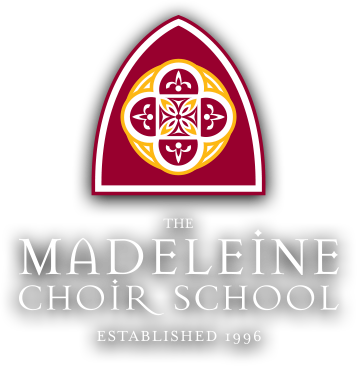Grade 2 Curriculum
Grade 2 Curriculum
English Language Arts
Reading Standards for Literature
- Identify plot, setting, characters and problems of a story
- Recount stories
- Compare and contrast two or more versions of the same story
- Describe how the beginning introduces the story and the ending concludes the action
- Recognize different points of view of characters
Reading Standards for Informational Text
- Identify the main topic of the text as well as the focus of specific paragraphs within the text
- Use various text features (captions, bold print, subheadings, glossaries, indexes, menus, and icons) to locate key information
- Compare and contrast the most important points presented by two texts on the same topic
- Describe the connection of a series of events, scientific ideas or concepts in a text
- Explain how specific images (diagrams) add to and clarify text
Reading Standards: Foundational Skills
- Tell the difference between long and short vowels in both one- and two-syllable words
- Decode words with common prefixes and suffixes
- Read fluently with accuracy, appropriate rate, and expression
Writing Standards
- Write opinion pieces with supporting reasons, linking verbs (because, and, also) and a concluding statement
- Write informative texts using facts, points and definitions with a concluding statement
- Write a narrative with detailed, sequential events using temporal words and provide a closure
Speaking and Listening Standards
- Participate in partner conversations with peers and adults
- Retell key details from information presented orally
- Use complete sentences when retelling an experience
Language Standards
- Use correct grammar and conventions in speaking and writing
- Use strategies (root words, prefixes, compound words, and passage clues) to determine the meanings of unknown words
- Tell the difference between closely related words (toss, throw, hurl)
Mathematics
Operations and Algebraic Thinking
- Represent and solve problems involving addition and subtraction
- Add and subtract within 20
- Work with equal groups of objects to gain foundations for multiplication
Number and Operations in Base Ten
- Understand place value
- Use place value understanding and properties of operations to add and subtract
Measurement and Data
- Measure and estimate lengths in standard units
- Relate addition and subtraction to length
- Work with time and money
- Represent and interpret data
Geometry
- Reason with shapes and their attributes
Science
General
S1 Classify materials by observable properties.
S2 Analyze and interpret data (currently S4)
S3 Construct and defend explanations from science experiments and science labs using evidence (currently S6)
Structure & Properties of Matter
SPM1 Classify materials by observable properties.
SPM2 Analyze and interpret data
SPM3 Construct and defend explanations from science experiments and science labs using evidence
SPM4 Explain changes caused by heating and cooling
Life Science
LS1Plan investigation determining if plant needs water and sunlight to grow
LS2 Make simple model showing seed distribution or pollinating plants
LS3 Compare plants and animals in different habitats
Earth Systems
ESS1 Provide evidence that Earth events can occur quickly or slowly
ESS2 Compare solutions that prevent or slow wind or water from changing the land
ESS3 Create a model to show bodies of water in an area are solid or liquid
Engineering and Design
EDS1 Ask questions, make observations and gather information about a simple problem that can be solved by using new or improved tool
EDS2 Develop drawing or model to show how it works
EDS3 Analyze data from tests of two objects designed
Social Studies
Students will be able to…
- Compare urban, suburban and rural communities and identify common features and professions within all three
- Research different professions within a community and compare the ideas of producing versus consuming
- Identify the unique features of communities within Utah, focusing on tradition and common professions
- Understand the position of the Presidency
- Study national elections and understand how voting is a civic duty
- Demonstrate an understanding of the basic causes and effects of the American Revolution
- Identify common symbols of American history (e.g. the American flag, the Declaration of Independence) and explain their symbolic meaning
- Use literacy skills such as reading and writing to identify features of Africa, including animals, vegetation, geography, food and culture
- Use knowledge of geography symbols to identify specific spots on globes and maps
- Research the Civil Rights movement and compare modern American society to pre-Civil Rights America
- Compare modern life to life in Ancient Greece
- Understand the daily lives, traditions and beliefs of Ancient Greeks
Religion
Students will be able to…
- Explain the three entities of the Holy Trinity and understand Catholic beliefs on how they intervene within our lives
- Actively participate in the Mass and comprehend the purpose of its individual prayers and rituals
- Contrast the difference between right and wrong when making decisions
- Actively participate in community service projects and comprehend the need to assist others
- Compare the Old and New Testaments and retell prominent stories from both
- Participate in the Right Relationships program and differentiate between appropriate contact with others versus unwanted contact
- Understand the tradition behind Advent and Lent and actively participate in the celebration of both
- Recite specific prayers and understand how they are used within the Catholic faith.
- Research the lives of a variety of Catholic saints
- Demonstrate understanding and participation in the Catholic sacraments, especially Confirmation, Eucharist and Penance
